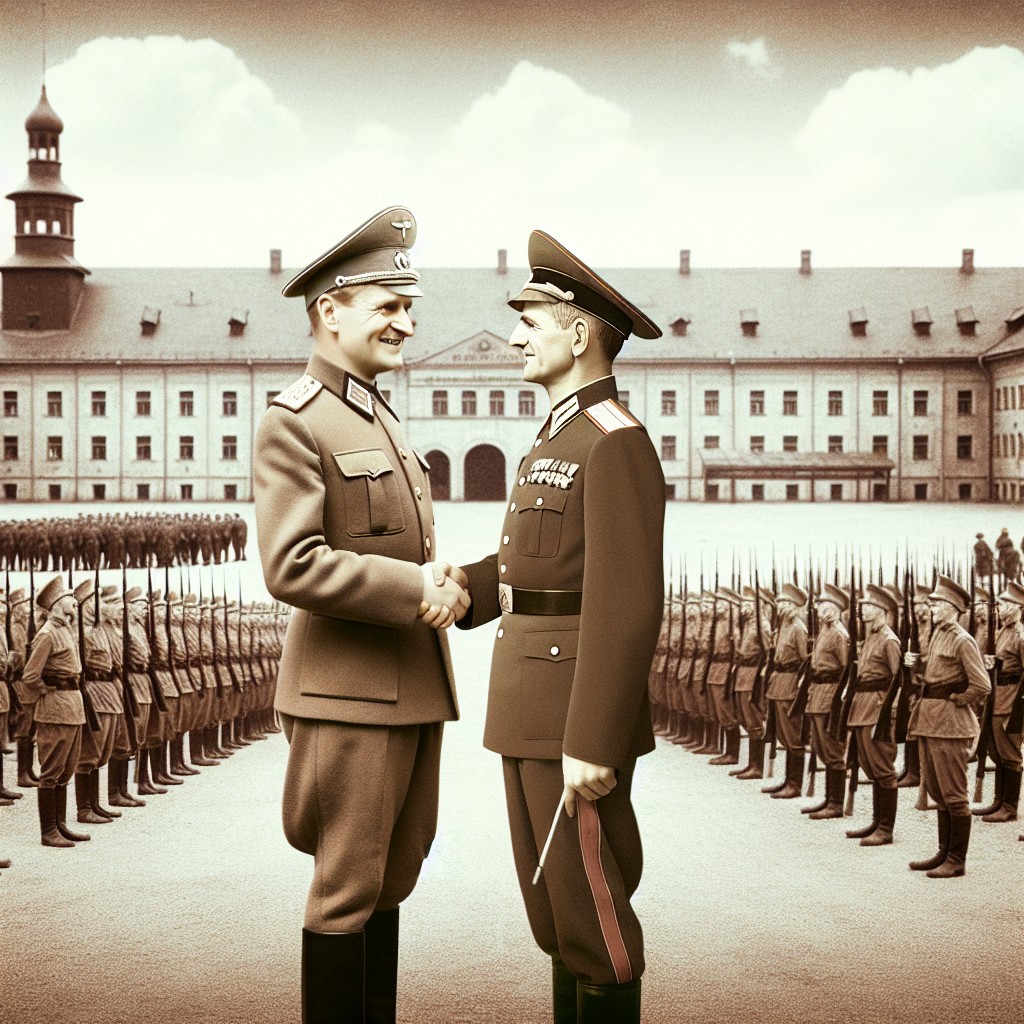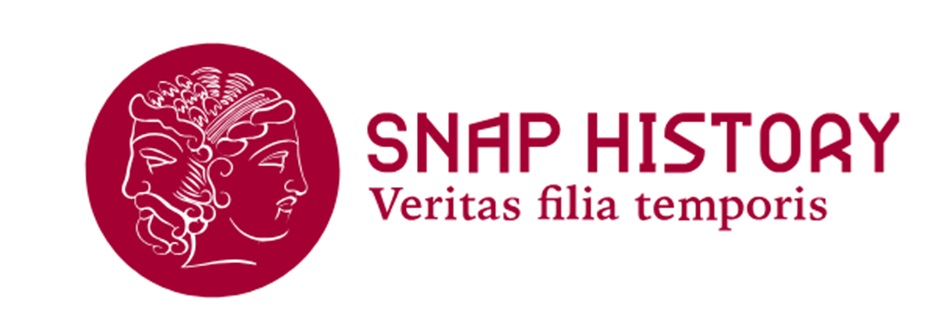A Secret Soviet-German Alliance
An exchange of technological and tactical know-how between the Soviets and the Germans in the early 1920s

A German and a Soviet Officer, in front of a training school - Image created with AI
Article 171 of the Treaty of Versailles prohibited the Reichswehr from developing its own fleet of tanks. The only permitted vehicles were a few hundred lightly armored, wheeled transport vehicles for troop movement and a limited number of armored cars for maintaining public order. This was just one of the many restrictions imposed on the German armed forces by the Treaty of Versailles, which aimed to weaken Germany. Such limitations were intolerable to many high-ranking officers, who continued to conduct theoretical studies on modern warfare, preparing for the day when the military would be free from the constraints of Versailles.
Beyond theoretical studies conducted within Germany, officers and specialists were encouraged to gain practical experience abroad, in countries such as China, Japan, several South American nations, and the Soviet Union. Due to the diplomatic isolation imposed by Western powers - Germany as a defeated nation and the USSR for political reasons - the two countries were drawn toward collaboration in the early 1920s. This led to a secret partnership focused on training and developing new tanks.
The Chief of the Reichswehr General Staff, Hans von Seeckt, along with a group of officers, established the “Sondergruppe R,” a deliberately vague designation for the team of specialists tasked with cooperating with the Soviets. Negotiations were handled by Colonel Nicolai, and in 1921, this collaboration resulted in the creation of a company called GEFU, with offices in both Berlin and Moscow. Officially structured as a business entity for commercial relations, GEFU was backed by major companies such as Krupp and started with a capital of 75 million marks.
German-Soviet ties deepened following the Treaty of Rapallo in 1922, a development that caused significant discomfort among the Allied powers. Krupp went as far as establishing a tractor factory in Rostov, which, in reality, was part of a clandestine tank development program. Additionally, a tank crew training school was founded in Kama, further strengthening the secret military cooperation between Germany and the Soviet Union.
Benedetto Pafi, Bruno Benvenuti (iconographic research), Cesare Falessi, Storia dei mezzi corazzati, vol. 1, Fratelli Fabbri editors, 1970
Eric j. Hobsbawm, Il secolo breve, Rizzoli, 2014
The Tank Book: The Definitive Visual History of Armoured Vehicles, Tank Museum, DK, 2023
2025-04-18
Salvatore Ciccarello
